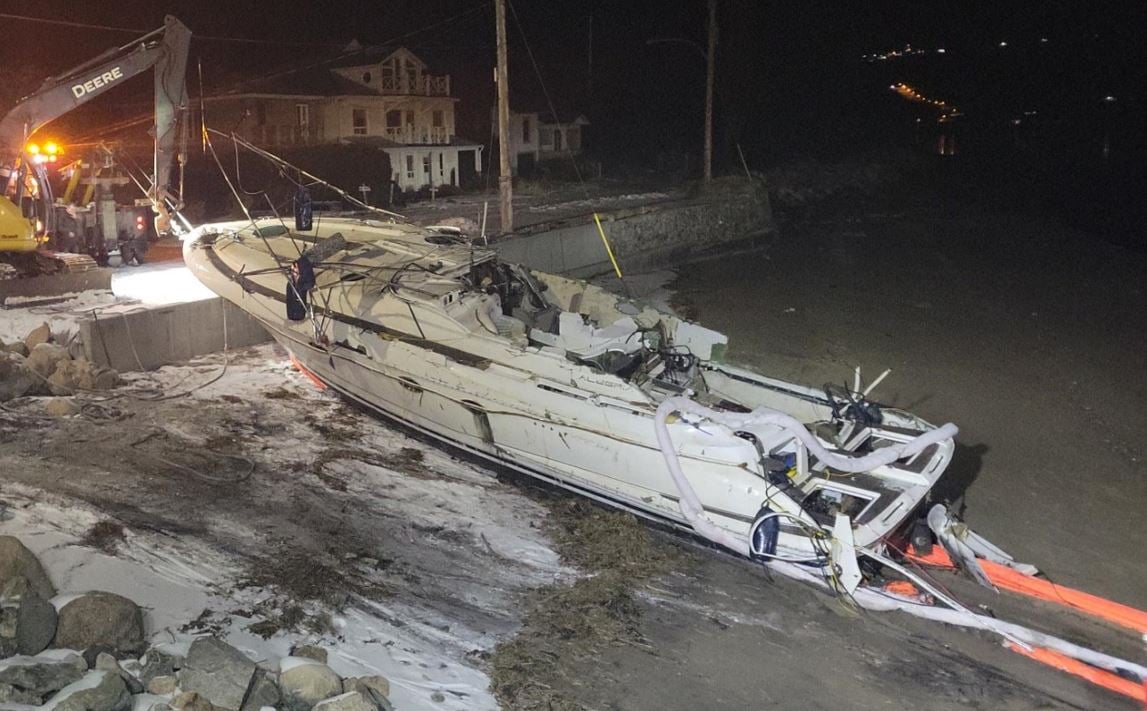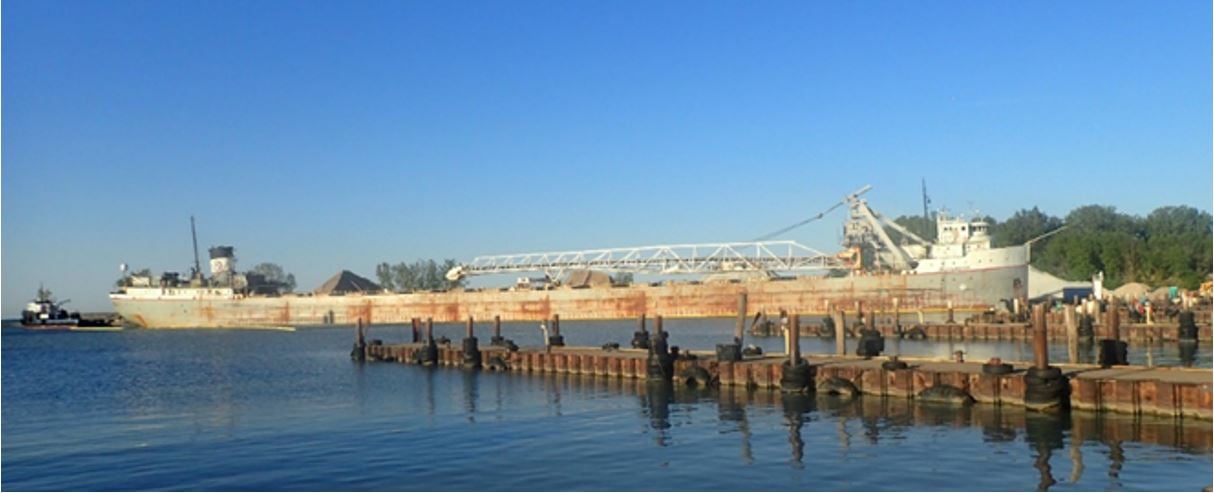TSB issues safety concern over training and certification process

The Transportation Safety Board of Canada (TSB) is sounding the alarm about critical gaps in the training and certification of pleasure craft operators, following a collision between a passenger ferry and a pleasure craft on the St. Lawrence River. The incident, which occurred on July 2, 2023, near Saint-Joseph-de-la-Rive, Quebec, highlights the risks posed by insufficient operator knowledge in high-traffic and challenging conditions, and has prompted the TSB to issue a safety concern.
On a foggy morning, the passenger ferry Svanoy departs Saint-Joseph-de-la-Rive, bound for L’Isle-aux-Coudres. Moments later, it collides with a pleasure craft navigating the same waterway. All four occupants of the pleasure craft are rescued and hospitalized, while their vessel sinks and the ferry sustains minor damage.
TSB Chair Yoan Marier describes the sequence of events: “On both vessels, some of the rules that should be followed in these difficult conditions were not followed, which led each vessel to be invisible to the other. And so this ended up with the two vessels colliding, and the pleasure craft was severely damaged and sunk. One of the four passengers on the vessel ended up trapped inside the pleasure craft while it was sinking. And so that person had to be rescued and then taken to the hospital to receive medical help.”
The investigation reveals both vessels operate in restricted visibility, but they both fail to use radar. The pleasure craft’s radar was turned off and the ferry master was looking at electronic charts instead of the radar. “The radar did show the pleasure craft, but since he was not looking at the radar, he didn’t see it,” Marier explains.
There was also a failure by the ferry to sound the foghorn. “Normally, when operating in foggy conditions like this, there are some auditory signals that should be sent out from a ferry,” explains Marier. “That wasn’t used as well.”
While errors are identified on both sides, the TSB’s safety concern centres on the adequacy of current training for pleasure craft operators. “We found that the course and the requirements in the current form did not provide the necessary knowledge to the operators to be able to operate in difficult conditions like this,” Marier says. He notes that the standard certification process can be as brief as a three-hour self-study guide, which is insufficient for navigating busy or hazardous waterways. “In its current form, the process can be okay for someone who has a small boat... but for operating in high traffic waterways, operating in low visibility conditions, in difficult water conditions... more knowledge is required for pleasure craft operators to be able to operate in these conditions.”
The TSB points out that the Pleasure Craft Operator Card (PCOC) is valid nationwide and never expires, with no requirement for recurrent training.
To address these gaps, the TSB suggests two potential solutions: introducing recurrent training and implementing a graduated licensing system. “If you want to operate bigger vessels, or if you want to operate in more difficult conditions, then you would have to get sort of an upgraded license,” suggests Marier.
For health and safety professionals, especially those managing commercial operations in busy waterways, the message is clear: not all pleasure craft operators possess the depth of knowledge required for safe navigation in complex environments. “They should be aware of the issue that we’re mentioning in the report, in the sense that not all pleasure craft operators have a very deep knowledge of the various requirements that exist to operate on water, especially in difficult conditions, high traffic waterways,” Marier advises.
He also warns the risks are likely underreported: “The picture we’re seeing today, from our perspective, is probably just the tip of the iceberg. Marine pilots are very often faced with these types of situations... it’s a risky situation. And these sorts of close calls—some of them are reported to us, but most of them are not.”
The TSB’s findings serve as a call to action for regulators, employers, and safety leaders to reassess current standards and advocate for more robust training and certification processes.





